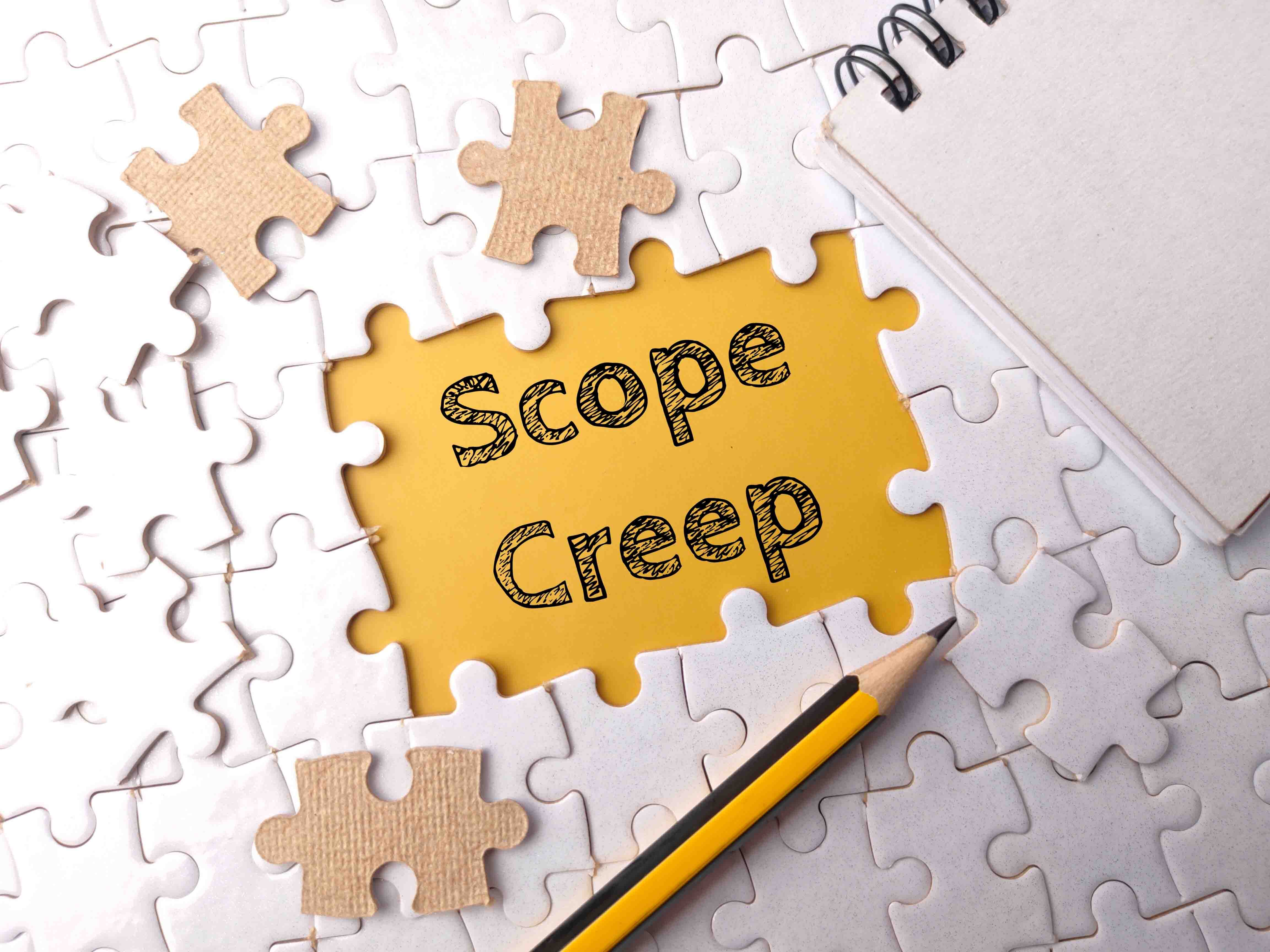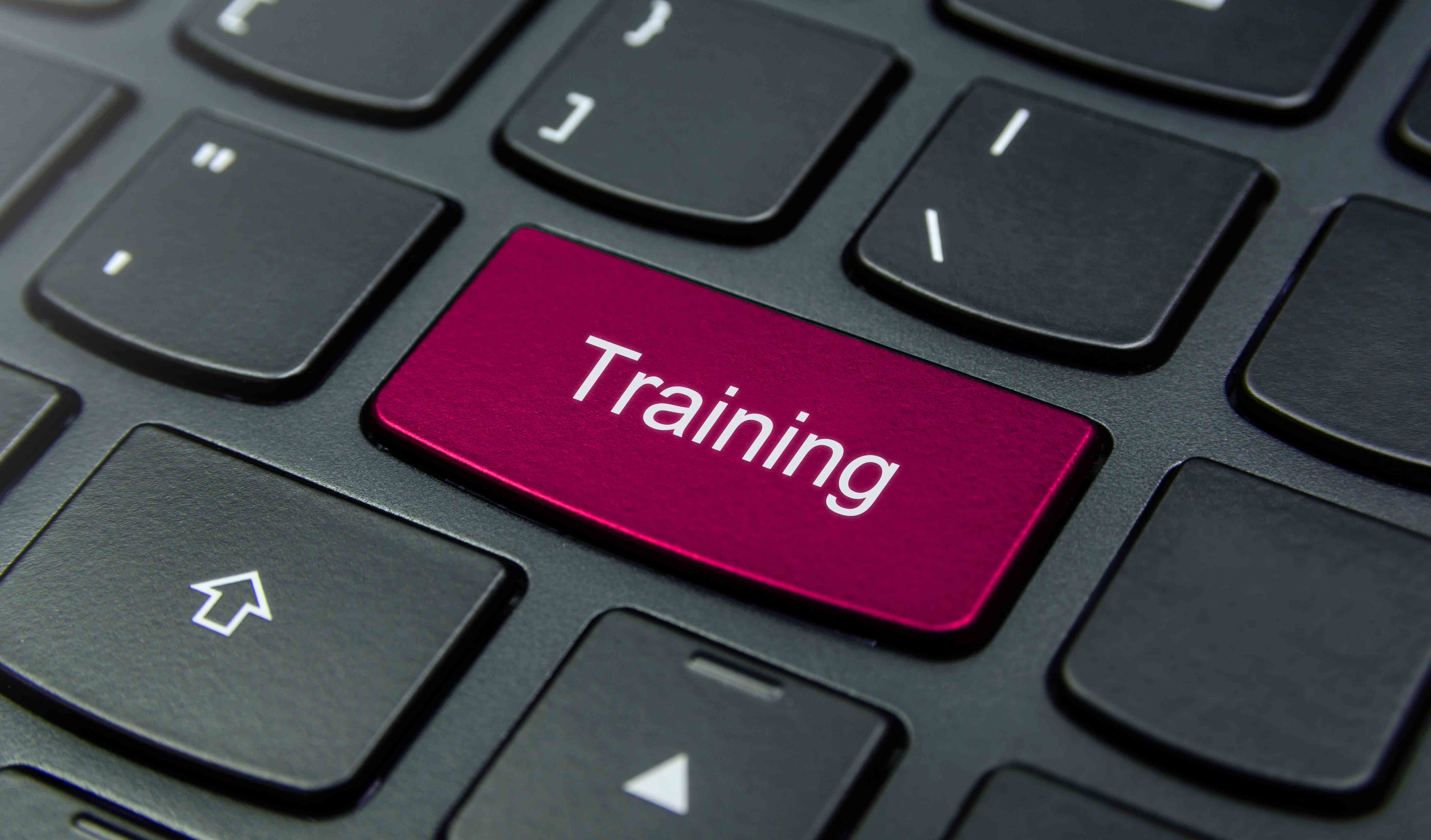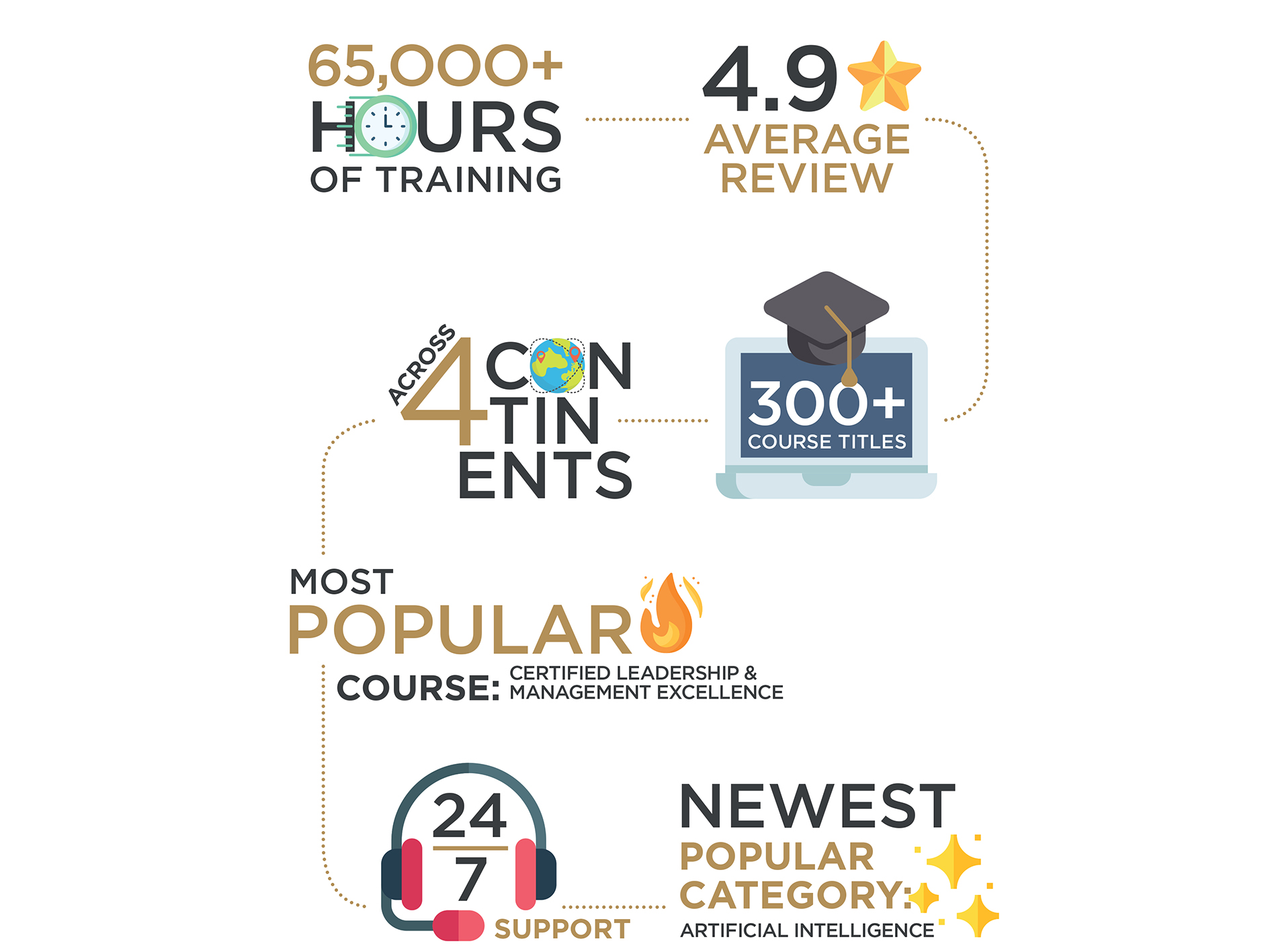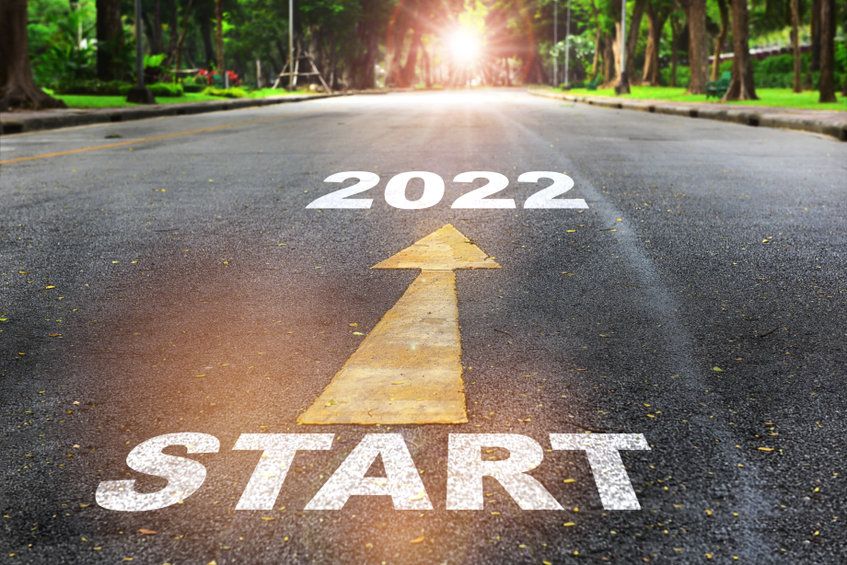In today's competitive landscape, media campaigns are essential for building brand awareness, driving sales or launching new products. Below is a step-by-step guide to help you navigate the process of planning a successful media campaign from start to finish.
-
Step 1: Set Clear Objectives
-
Step 2: Identify Your Target Audience
-
Step 3: Choose the Right Media Channels
-
Step 4: Craft Your Message
-
Step 5: Set Your Budget
-
Step 6: Launch and Monitor
-
Step 7: Analyse Results and Optimise for Future Campaigns
Step 1: Set Clear Objectives
The first and most crucial step in planning a media campaign is defining clear, measurable objectives. What do you want to achieve with this campaign? Objectives could include:
- Brand Awareness: Increasing the visibility of your brand.
- Lead Generation: Attracting potential customers to your business.
- Sales Growth: Boosting sales for a product or service.
- Product Launch: Promoting a new product to the target market.
Step 2: Identify Your Target Audience
Once you've set your objectives, the next step is understanding who you want to reach. Identifying your target audience is key to ensuring your message resonates with the right people. Consider the following factors:
- Demographics: Age, gender, income level, education, etc.
- Psychographics: Lifestyle, interests, values, etc
- Geography: Where your audience is located.
- Behaviour: How they engage with brands, what media they consume and other consumption patterns.
The more detailed your understanding of your audience, the easier it will be to tailor your messaging and choose the right channels.
Step 3: Choose the Right Media Channels
With your objectives and audience in mind, the next step is selecting the most effective media channels. Your choice of channels will depend on where your target audience spends their time and what aligns best with your campaign goals. Common media channels include television, radio, digital/social media, print, which is effective for specific industries or local advertising, and outdoor/billboards.
It's important to use a multi-channel approach to maximise reach. Integrating various platforms ensures your message is seen and heard across different touchpoints.
Step 4: Craft Your Message
The content of your media campaign is critical. A well-crafted message should align with your brand's identity, resonate with your target audience and communicate your value proposition.
Your message should include a compelling call-to-action that directs the audience on what to do next, whether it's visiting your website, purchasing a product, or signing up for a newsletter.
Consistency across all platforms is critical, but you may need to adjust the message format slightly depending on the channel. For instance, a 30-second TV spot versus a social media post.
Step 5: Set Your Budget
A media campaign's success also depends on how effectively you allocate your resources. Determine how much you will spend on your campaign and how those funds should be distributed across your selected media channels. Consider factors such as cost per channel, ad frequency, target audience size and so on.
Remember to leave room in your budget for unforeseen adjustments as your campaign progresses.
Step 6: Launch and Monitor
Once your campaign is live, the work doesn't stop there. You need to monitor its performance continuously. Key performance indicators (KPIs) will help you evaluate the effectiveness of your campaign:
- Reach and Impressions: How many people have seen or heard your message?
- Engagement: Are people interacting with your content (likes, shares, comments)?
- Conversion Rate: How many people are taking action based on your CTA?
- ROI: Are you getting a good return on your investment?
If necessary, make real-time adjustments to improve your campaign's effectiveness.
Step 7: Analyse Results and Optimise for Future Campaigns
Once the campaign concludes, assessing its success and learning from the results is important. Did you meet your initial objectives? Analyse the campaign's strengths and weaknesses to understand what worked well and what didn't.
Use these insights to refine your strategy for future media campaigns. Continuous optimisation ensures that you'll improve your approach with every new campaign.
By following these seven steps, you'll have a well-structured and effective media campaign that drives results. Planning a media campaign can be daunting, but it offers immense rewards for your brand or business when done correctly.
If you want to learn more about this area, join London Training for Excellence's Effective Planning of Media Campaigns Programme. In this programme, you will delve deeper into problem-solving approaches, media channels and effective campaign evaluation strategies.
Written by London Training for Excellence Team
About the author:
The author is a passionate advocate for continuous learning and professional development. With a rich background in training and consultancy, the author had the privilege of working with diverse industries across the globe, helping professionals sharpen their skills and excel in their careers.
 All Courses
All Courses
 Accounting and Finance
Accounting and Finance Administration and Office Management
Administration and Office Management Business Administration
Business Administration Chemical Engineering
Chemical Engineering Communications and Public Relations (PR)
Communications and Public Relations (PR) Compliance and Legal
Compliance and Legal Construction Management
Construction Management Contract and Project Management
Contract and Project Management Customer Experience and Relationship Management
Customer Experience and Relationship Management Data Management and Business Intelligent
Data Management and Business Intelligent Digital Transformation
Digital Transformation Energy and Sustainability
Energy and Sustainability Health, Safety and Environment
Health, Safety and Environment Healthcare Management
Healthcare Management Hospitality & Tourism
Hospitality & Tourism Human Resources and Talent Development
Human Resources and Talent Development Industrial Manufacturing and Production
Industrial Manufacturing and Production Innovation and Artificial Intelligence (AI)
Innovation and Artificial Intelligence (AI) Leadership and Management
Leadership and Management Oil and Gas
Oil and Gas Procurement & Supply Chain Management
Procurement & Supply Chain Management Public Sector
Public Sector Quality and Productivity
Quality and Productivity Retail and E- Commerce
Retail and E- Commerce Sales and Marketing
Sales and Marketing Sports Event Management and Operations
Sports Event Management and Operations Strategy and Business Planning
Strategy and Business Planning Sustainability and CSR
Sustainability and CSR Learning Solutions
Learning Solutions
 About Us
About Us
 iLearn Blog
iLearn Blog
 Directory Calendar
Directory Calendar
 Contact Us
Contact Us
 All Courses
All Courses
 Accounting and Finance
Accounting and Finance Administration and Office Management
Administration and Office Management Business Administration
Business Administration Chemical Engineering
Chemical Engineering Communications and Public Relations (PR)
Communications and Public Relations (PR) Compliance and Legal
Compliance and Legal Construction Management
Construction Management Contract and Project Management
Contract and Project Management Customer Experience and Relationship Management
Customer Experience and Relationship Management Data Management and Business Intelligent
Data Management and Business Intelligent Digital Transformation
Digital Transformation Energy and Sustainability
Energy and Sustainability Health, Safety and Environment
Health, Safety and Environment Healthcare Management
Healthcare Management Hospitality & Tourism
Hospitality & Tourism Human Resources and Talent Development
Human Resources and Talent Development Industrial Manufacturing and Production
Industrial Manufacturing and Production Innovation and Artificial Intelligence (AI)
Innovation and Artificial Intelligence (AI) Leadership and Management
Leadership and Management Oil and Gas
Oil and Gas Procurement & Supply Chain Management
Procurement & Supply Chain Management Public Sector
Public Sector Quality and Productivity
Quality and Productivity Retail and E- Commerce
Retail and E- Commerce Sales and Marketing
Sales and Marketing Sports Event Management and Operations
Sports Event Management and Operations Strategy and Business Planning
Strategy and Business Planning Sustainability and CSR
Sustainability and CSR Learning Solutions
Learning Solutions
 About Us
About Us
 iLearn Blog
iLearn Blog Directory Calendar
Directory Calendar
 Contact Us
Contact Us















































 Course category
Course category Course Venue
Course Venue
